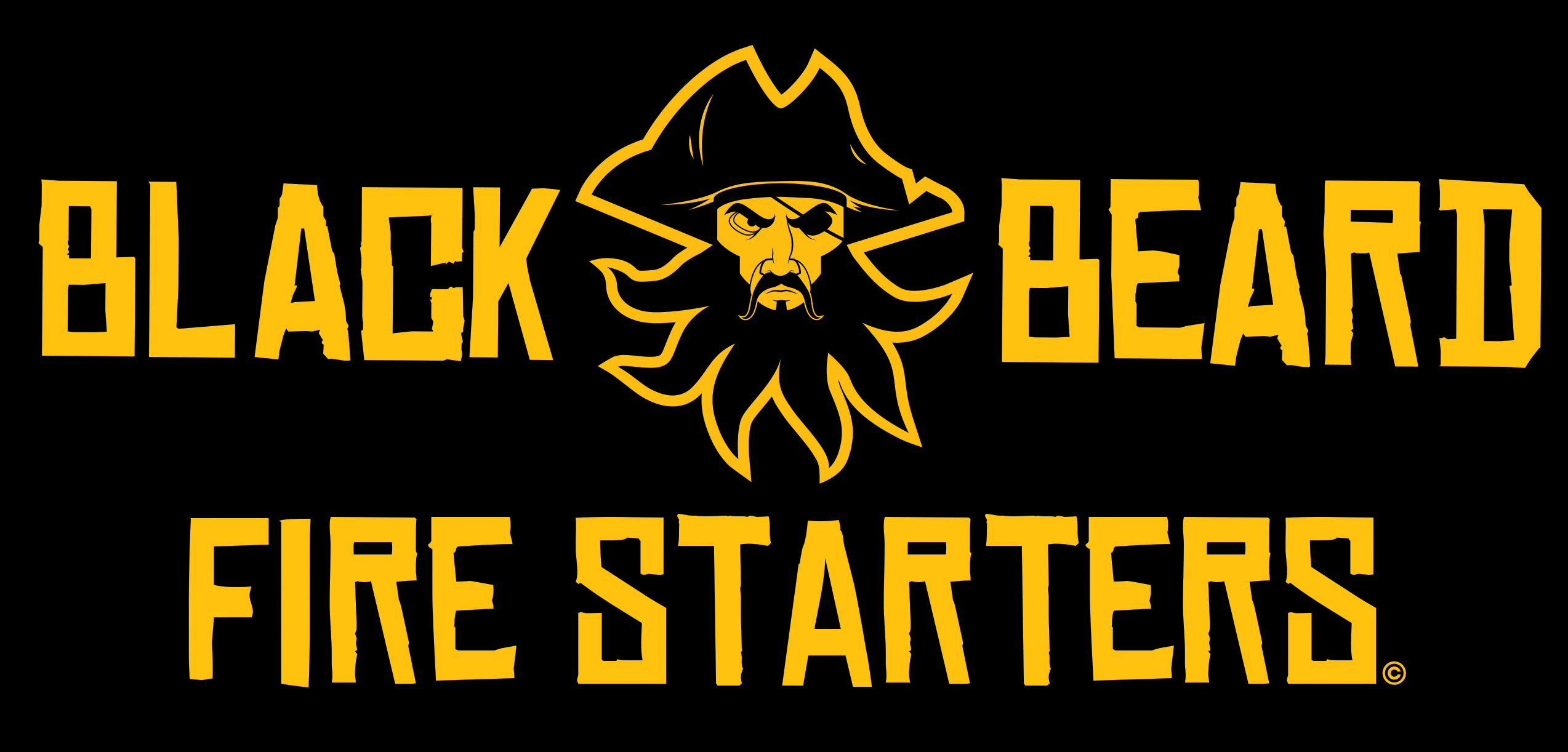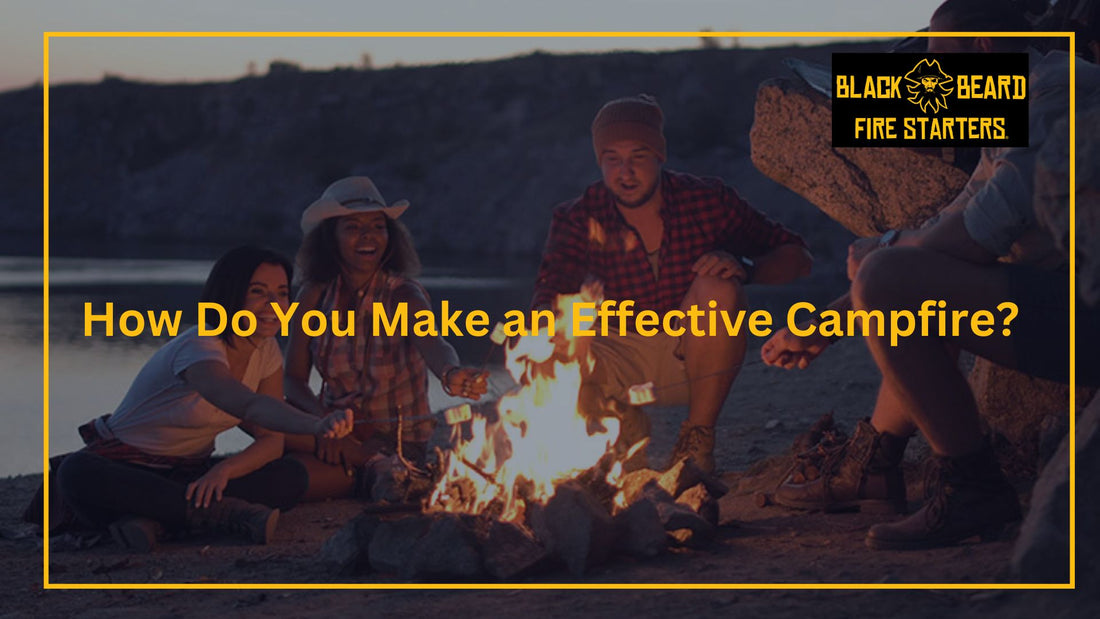When it comes to creating a successful campfire, several key steps must be followed to ensure both safety and enjoyment. From selecting the ideal location to understanding the proper arrangement of materials, each element plays a crucial role in the process. However, mastering the art of building a fire that burns efficiently and produces the desired warmth is where the true skill lies. Stay tuned to discover the essential tips and techniques that will help you elevate your campfire game and make your outdoor experience even more memorable.
Key Takeaways
- Choose a safe location and gather necessary materials for a successful campfire.
- Build a stable fire pit base with proper airflow and emergency measures.
- Ignite the fire safely, maintain it with care, and extinguish it completely.
- Prioritize fire safety, control flame size, and follow proper extinguishing procedures for a successful campfire experience.

Choosing the Right Location
Where should you carefully select the location for your campfire to ensure a safe and enjoyable experience in the great outdoors? When choosing the right spot, prioritize safety precautions, consider the environmental impact, and assess factors like wind direction and ground clearance. Check for any fire restrictions in the area and identify suitable fuel sources nearby. Utilize a fire ring if available or create a safe clearing for your fire. Ensure there is a nearby water source for emergencies and be mindful of accessibility concerns. Always adhere to local regulations concerning campfires to prevent any mishaps. By taking these measures into account, you can create a secure and memorable campfire experience for yourself and others.
Gathering the Necessary Materials
To build an effective campfire, it is essential to gather the necessary materials systematically and thoughtfully, ensuring you have everything prepared for a successful fire-lighting experience. When preparing for your campfire, consider the following:
- Fire Starting: Bring matches, lighters, or a fire starter to ignite the fire.
- Wood Selection: Collect tinder, kindling, and fuel wood of varying sizes to sustain the fire.
- Fire Safety: Have a bucket of water or sand nearby for safety purposes.
- Fuel Placement: Organize your wood materials in a strategic manner for efficient burning.
Preparing the Fire Pit
When establishing a campfire, the initial step is meticulously preparing the fire pit to ensure a safe and efficient burning environment. Start by considering fire pit aesthetics; choose a location free of overhanging branches and clear of flammable materials. Safety precautions are paramount, so keep a distance from tents or structures. Determine pit depth based on the fire size and ensure it's below ground level for wind protection. Consider wind direction to prevent smoke blowing towards your gathering. Optimal heat distribution is achieved through a circular pit shape and placing a fire ring for containment. The pit size should accommodate the fire's purpose. Use proper fire starting techniques and plan for ash disposal to leave no trace of your fire .
.
Building the Base of the Campfire
With the fire pit meticulously prepared, the next step in creating an effective campfire is to focus on building the base of the fire. To ensure a successful campfire experience, follow these steps:
- Proper fuel: Begin with small pieces of dry wood or fire starters.
- Stable base: Place larger logs or rocks around the perimeter to create a stable foundation.
- Air circulation: Arrange the fuel in a way that allows air to circulate for optimal burning.
- Safety measures: Keep a safe distance from flammable items and have a bucket of water or sand nearby for emergencies.
Adding Kindling and Tinder
For optimal fire-starting success, incorporating kindling and tinder into the base of the campfire is essential. When adding kindling and tinder, it is crucial to consider fire safety and flame control. Use small sticks, dry leaves, or paper as tinder, and gradually introduce thicker sticks as kindling to build the fire. These materials ignite quickly and help establish a strong flame to ignite the larger firewood. Understanding fire starting and survival skills is fundamental for wilderness camping and outdoor cooking. Proper fire crafting ensures efficient fire management and emergency preparedness. Remember, the key to a successful fire lies in the careful selection and arrangement of kindling and tinder, setting the foundation for a safe and enjoyable campfire experience.
Arranging the Firewood
To build a steady and enduring campfire, the proper arrangement of firewood is key. When arranging firewood for your campfire, consider the following:
- Firewood placement: Position larger logs at the base in a stable formation.
- Fuel selection: Choose seasoned hardwood for a longer burn time and less smoke.
- Wood stacking: Layer smaller pieces on top of the base logs in a crisscross pattern for optimal airflow.
- Ignition method: Use kindling and tinder to ignite the fire from the top for efficient burning.
Igniting the Campfire Safely
When igniting a campfire safely, it is crucial to follow proper procedures to minimize risks and ensure a successful fire-starting process. Begin by checking the fire regulations in the area and any fire restrictions that may be in place. Choose a suitable location away from overhanging branches, dry grass, or other fire hazards. Use fire starters like matches, lighters, or fire starter cubes to ignite the fire effectively. As the fire is lit, maintain a safe distance and have a fire extinguisher nearby in case of emergencies. Practice fire prevention by never leaving the fire unattended and ensuring it is fully extinguished before leaving. Building awareness of fire management techniques will help in creating a safe and enjoyable campfire experience.
Maintaining the Fire
Once the campfire has been successfully ignited following proper safety procedures, the focus shifts to maintaining the fire to ensure a steady and controlled burn throughout your outdoor experience. To effectively maintain the fire, consider the following:
- Fuel sources: Continuously add small pieces of dry wood to keep the fire burning.
- Fire maintenance: Regularly poke and adjust the logs to promote airflow and prevent smothering.
- Fire supervision: Ensure someone is always present to monitor the fire and prevent accidents.
- Fire extinguishing: When done, spread out the embers, pour water, and stir to fully extinguish the fire.
Controlling the Size of the Flames
Maintaining control over the size of the flames in a campfire is crucial for ensuring a safe and enjoyable outdoor experience. Flame control and heat management are essential aspects of fire safety. To regulate the flame size and intensity effectively, proper fuel selection is key. Adjusting the flame allows for temperature regulation, creating a cozy ambiance without overheating. Fire containment is vital to prevent accidents and wildfires. Regular fire maintenance, including monitoring and adjusting the flames, ensures a controlled burn throughout the campfire session. By mastering flame adjustment techniques, campers can enjoy the warmth and light of the fire while upholding safety measures and respecting the environment.
Extinguishing the Campfire Properly
To ensure a safe conclusion to your campfire experience, mastering the proper technique for extinguishing the fire is essential. When it's time to put out your campfire, follow these steps:
- Water bucket: Slowly pour water over the flames, making sure all embers are soaked.
- Sand method: Cover the fire with sand to cut off the oxygen supply.
- Safety precautions: Wear protective gloves and stand upwind to avoid sparks.
- Smother flames: Use a shovel to smother flames and stir embers.
Remember to: - Avoiding embers: Keep a safe distance and avoid inhaling smoke. - Soil covering: If water is scarce, cover the fire with soil. - Cool ashes: Ensure all embers are cool to the touch before leaving the campfire site.
Practicing Leave No Trace Principles
How can campers effectively implement Leave No Trace principles to minimize their environmental impact while enjoying the outdoors responsibly? Outdoor ethics play a crucial role in sustainable practices and wilderness etiquette. By following LNT principles, campers engage in eco-friendly camping and demonstrate environmental stewardship. Responsible recreation involves conservation efforts and nature preservation through low-impact camping techniques. It is essential to practice Leave No Trace principles by packing out all trash, minimizing campfire impacts, respecting wildlife, and staying on designated trails. By incorporating these principles into outdoor activities, individuals contribute to the preservation of natural spaces for future generations to enjoy, fostering a deeper connection with the environment and promoting a culture of environmental awareness and respect.
Enjoying the Warmth and Ambiance
Enjoying the warmth and ambiance of a campfire is a cherished experience that brings comfort and camaraderie to outdoor gatherings.
- Cozy evenings: As the flames dance and crackle, cozy evenings are made even more special around a campfire.
- Marshmallow roasting: The art of roasting marshmallows to golden perfection over the fire is a beloved campfire tradition.
- Storytelling sessions: Gather around the flickering flames for captivating storytelling sessions that create lasting memories.
- Stargazing nights: Under the starlit sky, campfires provide the perfect setting for peaceful stargazing nights with loved ones.
These elements combine to create an atmosphere of group bonding, where hot cocoa flows, camping memories are made, s'mores are perfected, and peaceful moments are cherished.
Conclusion
In conclusion, mastering the art of building an effective campfire requires careful consideration of location, materials, and technique. By following the steps outlined above, you can create a warm and inviting atmosphere for your outdoor adventures. Remember, a well-built campfire is like a beacon in the night, drawing people together and keeping spirits high. So, go forth and ignite the flames of camaraderie with confidence and skill.

